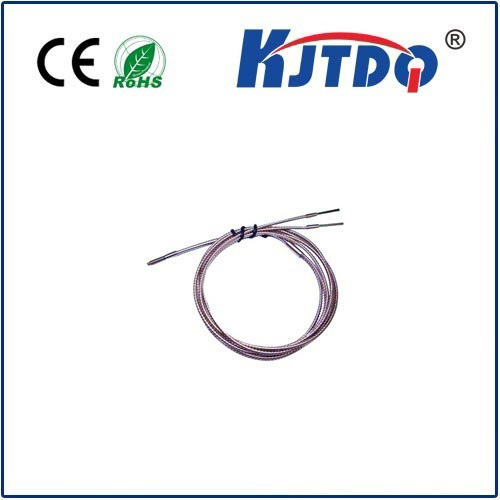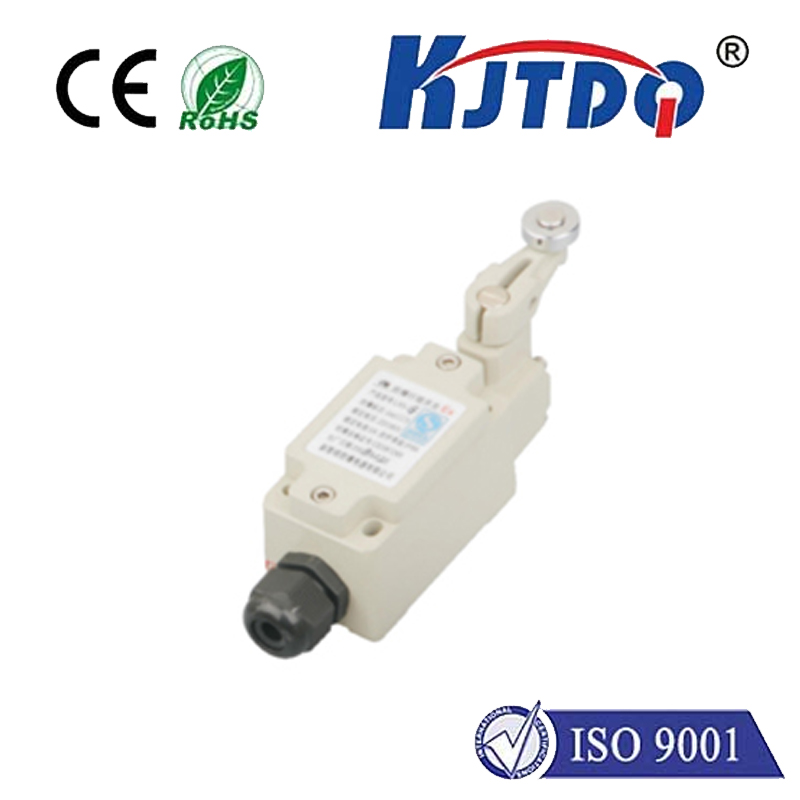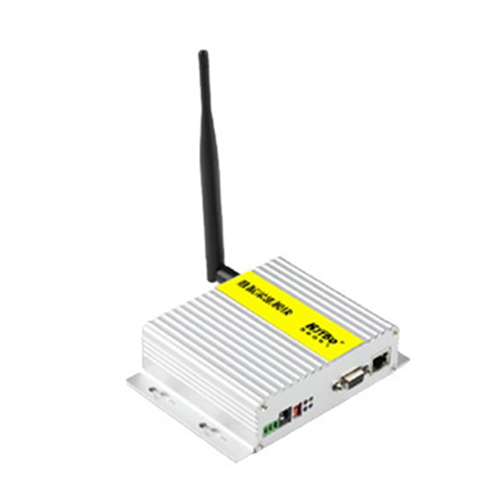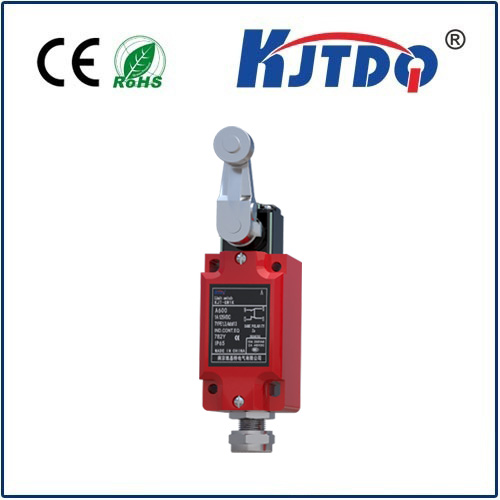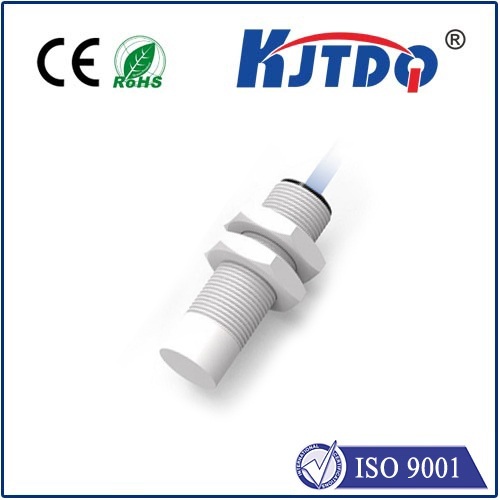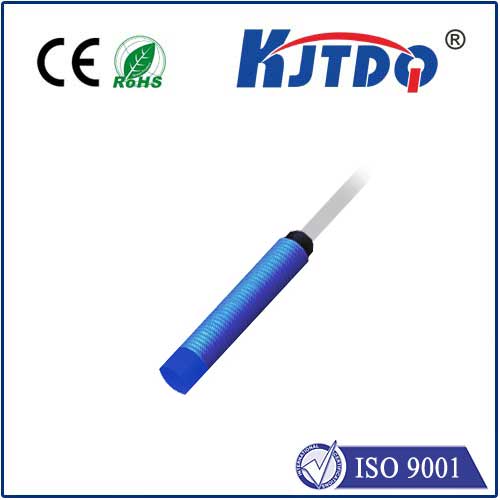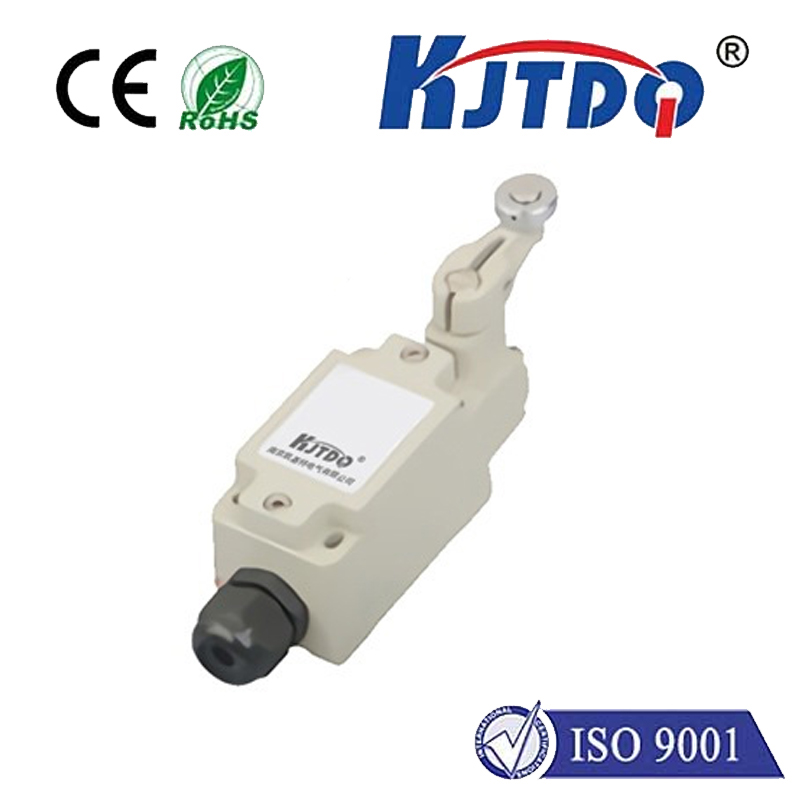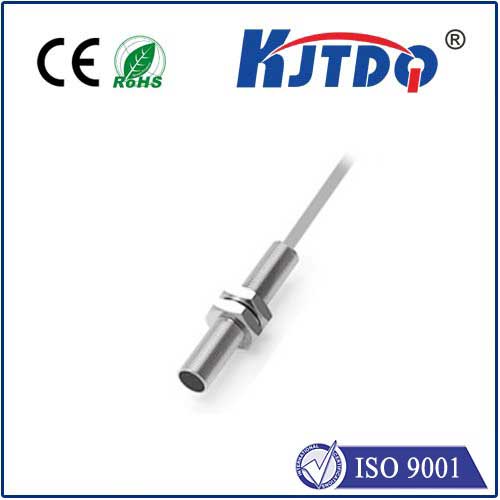лазерный датчик скорости вращения
- time:2025-08-27 12:35:00
- Нажмите:0
Demystifying Laser RPM Sensors: Non-Contact Speed Measurement Revolutionized
Ever struggled to measure the rotational speed of a hard-to-reach shaft, a dangerous moving part, or a delicate component without interrupting its operation? Traditional contact-based tachometers often fall short in these scenarios, risking damage to equipment or the sensor itself. Enter the laser RPM sensor, a sophisticated solution harnessing light to provide accurate, safe, and convenient rotational speed readings. This technology, also commonly known as a laser tachometer or non-contact rpm sensor, has transformed maintenance, diagnostics, and quality control across numerous industries.
The Core Challenge: Why Measure RPM?
Rotational speed, expressed in Revolutions Per Minute (RPM), is a fundamental parameter for monitoring the health and performance of machinery. From the high-speed spindles in manufacturing plants and turbines in power generation to the wheels on vehicles and fans in HVAC systems, abnormal RPM can signal misalignment, bearing failure, imbalance, slipping belts, or motor issues. Accurate and timely RPM measurement is therefore critical for:
- Predictive Maintenance: Identifying potential failures before they cause costly downtime.
- Performance Verification: Ensuring machinery operates at its designed specifications.
- Process Control: Maintaining consistent speed in production lines.
- Safety: Preventing dangerous overspeed conditions.
The Contact Method’s Shortcomings
Traditional contact tachometers require physical interaction with the rotating component. This is typically done using a reflective marker and a handheld device emitting light (often a visible laser) or using a physical probe (stylus) pressed against the shaft end.

- Accessibility Issues: Shaft ends might be enclosed, hazardous, or simply inaccessible.
- Safety Hazards: Contact with high-speed or high-temperature parts poses risks to personnel.
- Measurement Interference: Physical contact can alter the actual speed (load effect), especially on lightweight or delicate components.
- Wear and Tear: Both the sensor stylus and the shaft surface can suffer damage over time.
- Limited Application: Difficult or impossible to use on hot, vibrating, or very small shafts.
How Laser RPM Sensors Work: Harnessing Light and Reflection
А.laser RPM sensor elegantly overcomes contact limitations. Its operating principle is surprisingly straightforward but highly effective:
- Laser Emission: The sensor projects a highly focused, coherent beam of light (usually visible red laser for easy targeting) onto the rotating surface.
- Reflective Marker: A small piece of retroreflective tape is applied to the rotating part (shaft, wheel, pulley, fan blade). This tape is designed to reflect light directly back towards its source.
- Detection: The sensor’s sensitive optical receiver detects the pulses of reflected light bouncing back each time the reflective tape passes through the laser beam.
- Signal Processing: The sensor’s internal electronics convert the detected light pulses into electrical signals.
- RPM Calculation: The sensor’s microprocessor measures the time interval between consecutive reflected pulses. Since each pulse corresponds to one full revolution (assuming one piece of tape), calculating the rotational speed in RPM becomes a simple matter:
RPM = 60 / Time between pulses (seconds). Many sensors display this calculated value directly.
- Alternative Method: Surface Texture. Some advanced laser sensors can work without reflective tape by detecting inherent variations or markings on the rotating surface, although this requires a significantly more sensitive detector and works best with clear contrasting features.
Key Advantages Driving Adoption
The non-contact nature of laser RPM measurement unlocks a wealth of benefits:
- Повышение безопасности: Measure RPM from a safe distance, avoiding contact with hazardous moving parts, hot surfaces, or electrically live components.
- Unparalleled Accessibility: Target shafts that are difficult or impossible to reach with physical probes – behind guards, deep within enclosures, or at awkward angles. The focused laser beam acts like a precise optical probe.
- Zero Interference: Since there’s no physical contact, the measurement does not load or disturb the rotating system, ensuring results reflect true operating speed.
- Многогранность: Suitable for a vast range of applications – from tiny PC cooling fans to massive industrial turbines, delicate instruments to rugged conveyor rollers.
- Ease of Use: Typically handheld and battery-operated with intuitive interfaces. Operators simply point, shoot the laser, and read the RPM display.
- High Accuracy and Resolution: Modern laser tachometers offer excellent accuracy (often ±0.05% or better) and high resolution (0.1 RPM or less).
- Долговечность: No moving parts contacting the target mean less wear and longer sensor life.
Where Laser RPM Sensors Shine: Practical Applications
- Industrial Maintenance & Reliability: Routinely checking motor, pump, fan, gearbox, and conveyor speeds for predictive maintenance. Verifying belt/pulley ratios.
- Manufacturing & Production Lines: Monitoring spindle speeds on CNC machines, lathes, grinders. Ensuring consistent speeds for winding, coating, and printing processes.
- Automotive & Transportation: Testing engine idle speed, turbocharger speed (carefully!), wheel speed sensors, alternator output. Diagnostics on brakes and drivetrains.
- HVAC Systems: Measuring fan speeds in air handlers, cooling towers, and exhaust systems to balance airflow and verify performance.
- Power Generation: Monitoring rotational speeds of generators, turbines, and auxiliary equipment.
- Laboratory & Research: Measuring speeds in experimental setups involving centrifuges, mixers, or prototypes where contact is impractical.
- Аэрокосмическая деятельность: Ground testing aircraft engine components and auxiliary systems.
Important Considerations and Best Practices
While incredibly useful, maximizing the effectiveness of your laser RPM sensor requires attention to detail:
- Reflective Tape Quality: Use high-quality retroreflective tape and ensure it’s affixed securely and cleanly. Replace it when worn or dirty. One piece is usually sufficient.
- Targeting Accuracy: Hold the sensor steady. Modern units often have a visible laser spot (Class II laser) for precise aiming. Ensure the beam hits the tape squarely.
- Surface Suitability: For tape-less measurement, the surface needs sufficient contrast or texture (e.g., a keyway, sharp edge, or painted mark). Smooth, shiny, or dark surfaces are generally poor targets without tape.
- Distance: Operate within the sensor’s specified working distance range. Too far reduces signal strength; too close might be unsafe or impractical.
- Ambient Light: Bright sunlight or flickering lights can interfere. Shield the sensor or target if necessary. Many sensors incorporate filtering to mitigate this.
- Rotation Speed: Ensure the sensor’s minimum and maximum measurable speed range covers your application. Very high speeds might require specialized sensors.
- Safety First: Never point the laser beam at a person’s eyes. Be mindful of reflective surfaces potentially redirecting the beam. Use the Stroboscopic Effect cautiously – only for measurement, never prolonged viewing of fast-moving parts under strobe light.
The Indispensable Tool for Modern Speed Measurement
The laser RPM sensor has firmly established itself as an essential tool in the engineer’s, technician’s, and maintenance professional’s toolkit. By providing a safe, accurate, and non-invasive method to measure rotational speed, it solves problems that were once difficult or dangerous to address. Its versatility and ease of use make it invaluable for routine inspections, troubleshooting complex machinery, and ensuring optimal performance across countless applications. As technology advances, these sensors continue to become smaller, more robust, and even more capable, solidifying their role in the future of condition monitoring and precision measurement.

